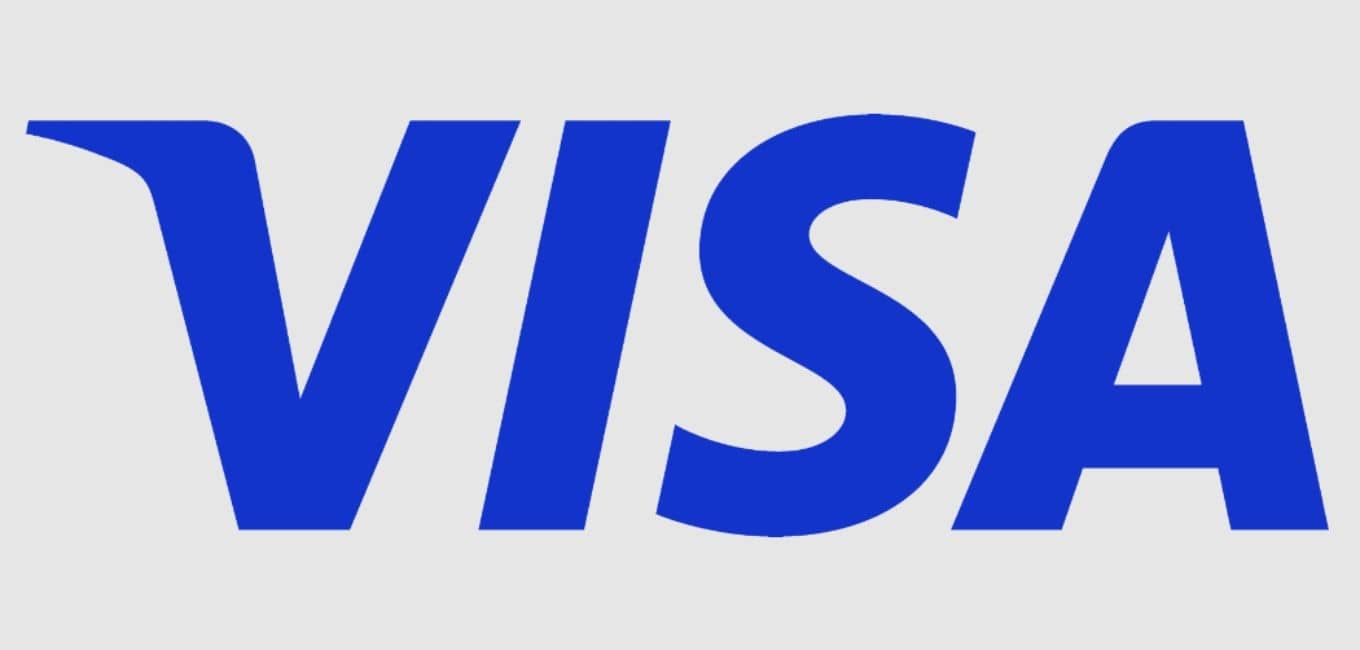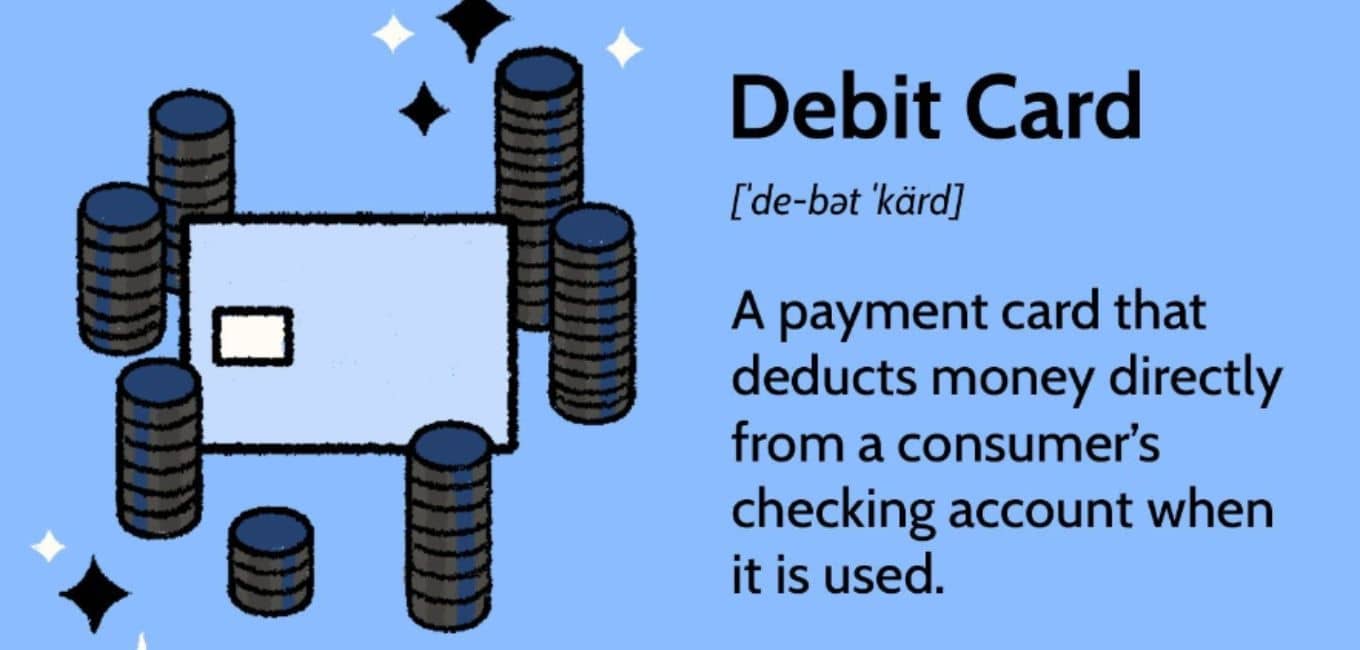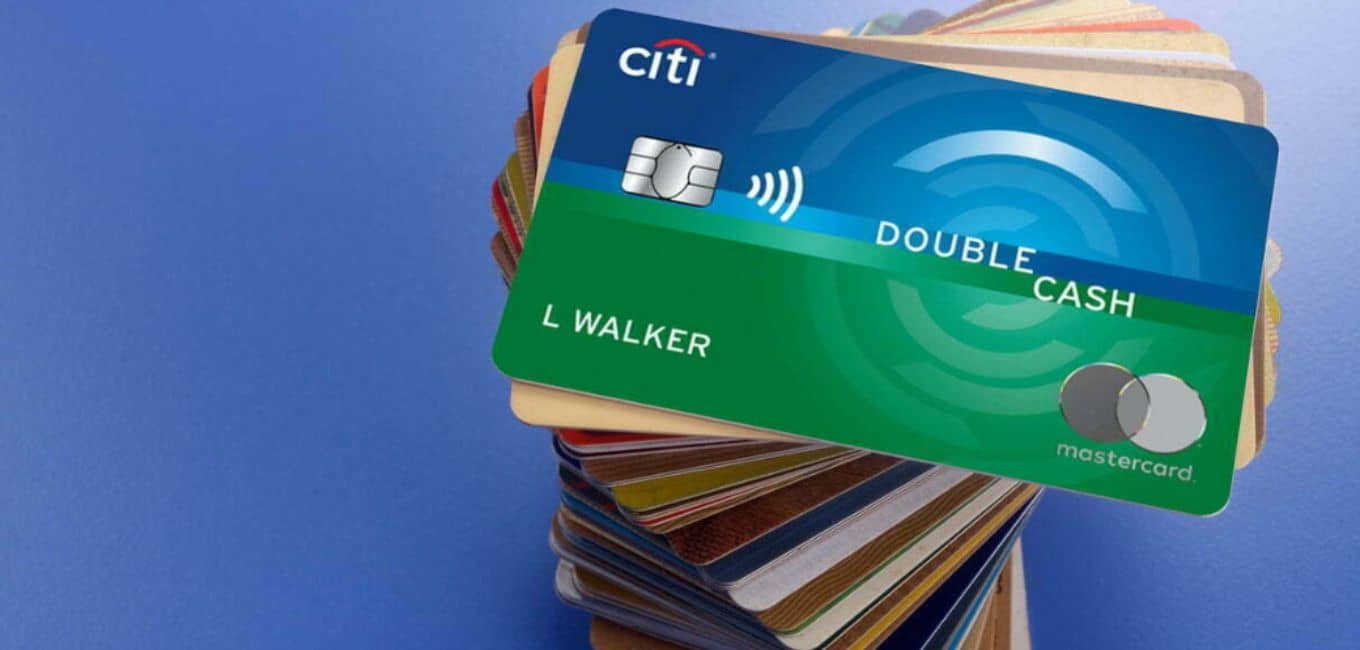Welcome to the fascinating world of financial ecosystems! Have you ever wondered how a global powerhouse like Visa manages to flourish in today’s interconnected world?
Prepare to be captivated as we unravel the secrets behind Visa’s extraordinary revenue generation. Get on a journey through the intricacies of modern finance and discover the myriad ways in which Visa, the renowned payment technology giant, navigates the digital landscape to reap substantial financial rewards.
Visa is a multinational financial services corporation that operates the world’s largest electronic payment network. It facilitates secure and convenient digital transactions between financial institutions, businesses, and consumers.
Visa’s innovative payment technology enables individuals to make purchases, transfer funds, and access cash worldwide, using various payment methods such as credit cards, debit cards, and prepaid cards.
From facilitating seamless transactions to harnessing the power of cutting-edge technology, Visa’s success story is as mesmerizing as it is awe-inspiring. Join us as we delve into the depths of Visa’s revenue model, exploring the innovative strategies that enable this industry titan to thrive in the ever-evolving landscape of global commerce with the clearing process.
To use it properly you have to understand it which is now easy with the help of experts. Keep reading!
History of Visa
Visa, originally known as BankAmericard, has a rich and influential history that spans over six decades. The journey began in 1958 when Bank of America introduced the first-ever consumer credit card program in Fresno, California. This program aimed to provide customers with a convenient and reliable method of making purchases.
Over the years, BankAmericard expanded across the United States and internationally, forming alliances with various banks and financial institutions. In 1976, the brand name was changed to Visa, representing a unified global network of interconnected financial institutions.
In the 1980s and 1990s, Visa continued to expand its reach and improve its technology. It introduced magnetic stripe technology, making transactions faster and more secure. Additionally, the establishment of Visa International in 1984 further solidified its global presence.
The 21st century marked a significant shift in the way people conducted transactions. Visa embraced the digital revolution by developing innovative payment solutions, including contactless payments and mobile wallets. The acquisition of Visa Europe in 2016 reunited Visa as a single global entity, enhancing its capabilities and market reach.

Visa Business Models
Visa employs a versatile business model that embraces a wide range of payment methods, catering to the diverse needs and preferences of consumers, businesses, and financial institutions this is how Visa works. Let’s explore the various card payment methods offered by Visa:
Credit Cards
Visa is widely recognized for its credit card offerings. It collaborates with banks and financial institutions worldwide to issue Visa-branded credit cards to consumers. These credit cards enable users to make purchases on credit and pay back the amount over time, often with added benefits such as rewards programs, cash-back offers, and travel perks.
Debit Cards
Visa’s debit cards provide a convenient way for users to access funds directly from their bank accounts. With a Visa debit card, individuals can make purchases, withdraw cash from ATMs, and perform other financial transactions. The funds are instantly deducted from the linked account, eliminating the need for carrying cash or writing checks.
Mobile Payments
Visa supports mobile payment solutions, allowing users to make secure transactions using their smartphones or other mobile devices. By leveraging technologies like near-field communication (NFC) and mobile wallet applications, users can link their Visa cards to their mobile devices and make payments at compatible terminals.
Online and E-commerce Payments
Visa plays a vital role in facilitating online payments, enabling consumers to securely make purchases over the Internet. Through its secure payment gateway services, Visa ensures the smooth and safe transfer of funds between buyers and sellers in the digital realm.
How does Visa make money on debit cards?
Visa generates revenue from debit card transactions through various sources, including the four following:
Transaction Fees
Visa charges fees to financial institutions, known as interchange fees, for processing card payments. These fees are typically a small percentage of the transaction value and are paid by the merchant’s acquiring bank to the cardholder’s issuing bank. Visa receives a portion of these interchange fees as revenue.
Network Fees
Visa may also charge network fees to financial institutions for utilizing its payment network infrastructure and services. These fees cover the costs associated with maintaining and operating the network, ensuring its reliability, security, and technological advancements.
Value-Added Services
Visa offers value-added services to financial institutions and merchants to enhance the debit card experience. These services may include fraud prevention solutions, data analytics, loyalty programs, and risk management tools. Visa charges fees for these additional services, generating revenue beyond transaction processing fees.
International Transactions
When a debit cardholder makes a purchase in a foreign currency or uses their card abroad, Visa may earn revenue from currency conversion fees. These fees are typically a small percentage of the transaction value and help cover the costs associated with converting currencies.

Does Visa make money from Apple Pay?
Visa does generate revenue from transactions made through Apple Pay, which is a mobile payment service that allows users to make purchases using their Apple devices, such as iPhones, Apple Watches, or iPads. Here’s how Visa makes money from Apple Pay:
Tokenization Services
Apple Pay uses a tokenization process that replaces the actual card details with unique digital tokens during transactions, adding an extra layer of security. Visa provides tokenization services to ensure the secure transmission of payment information. Visa may charge fees to financial institutions for tokenization services, contributing to its revenue.
Inclusion in the Apple Pay Ecosystem
Visa benefits from being included as one of the accepted payment networks within the Apple Pay ecosystem. This allows Visa cardholders to use their Visa cards through Apple Pay, which can increase transaction volume and usage of Visa-branded cards.
It’s important to note that the specific fee structures and revenue-sharing agreements may vary between Visa, Apple, financial institutions, and merchants.
How much money does Visa make per transaction?
The amount of money Visa makes per transaction, also known as the interchange fee, can vary depending on several factors, including the type of card, the merchant’s industry, the transaction amount, and the region or country where the transaction takes place.
The interchange fee is typically a small percentage of the transaction value. According to the company’s strategy, the interchange fee consists of two parts percentage vise and per transaction fee which could be a minimum of 1.5% and $0.10 per swiped credit card.
It’s important to note that the specific interchange fee rates are determined through agreements between Visa, the merchant’s acquiring bank, and the cardholder’s issuing bank. These rates are subject to regulations and can vary across different countries and regions.
Given the numerous factors involved and the complexity of fee structures, it is challenging to provide an exact figure for how much money Visa makes per transaction. The interchange fee rates can range from a fraction of a percent to a few percentage points, depending on the transaction details.
For a more accurate understanding of the interchange fees and revenue earned per transaction, it is recommended to refer to the specific agreements and fee schedules established between Visa and the involved financial institutions.
How much money does a visa make per year?
It’s worth noting that Visa is a global payment technology company and one of the largest payment networks worldwide. In recent years, Visa has consistently reported significant annual revenue due to its widespread presence, transaction volume, and various revenue streams.
It’s the most famous and reliable company which is working on an international level and as we know as wide the business spreads the income increase as much. Visa just broke down the company’s annual revenue and earned more than millions of dollars.
According to research in 2022 visa revenue was $12.851 billion or more just from the US and now you can get an estimate of how much it earned from the whole world.
In 2021 according to an estimate visa made more than $9.815 billion and in the future, it going to be twice because of its security features, facilities, and advanced features.
Competitors
Visa operates in a competitive landscape within the payment industry, where several companies vie for market share and offer alternative solutions. Some of Visa’s key competitors include:
Master-card
Mastercard is one of Visa’s primary competitors and operates a similar payment network, offering credit, debit, and prepaid card services globally. MasterCard has a strong presence and competes with Visa in terms of merchant acceptance, cardholder base, and payment technology innovation.
American Express
American Express, often referred to as Amex is another major competitor to Visa. Amex operates its closed-loop payment network and issues its own credit and charge cards. It focuses on serving premium cardholders and has established a strong reputation for its customer service and exclusive benefits.
Discover Financial Services
Discover is a financial services company that operates its payment network and issues Discover-branded credit cards. Although its network is more limited compared to Visa and Mastercard, Discover competes in the payment industry by offering competitive cash-back rewards and attractive cardholder benefits.
PayPal
While not a traditional payment network, PayPal is a prominent competitor in the digital payment space. It offers online payment solutions, and peer-to-peer transfers, and serves as an alternative payment method for e-commerce transactions. PayPal’s widespread acceptance and focus on digital payments provide competition to traditional card networks like Visa.
Union-Pay
Union-Pay is a Chinese payment network that primarily operates within China. It has expanded globally and is the dominant payment network in China, competing with Visa and other international card networks for market share within the country.
How Does Visa Make Money – FAQs
Conclusion
This article is based on professional reviews and proper research on Visa strategies to give you the best advice for a luxury, stress-free life. Visa has established itself as a global leader in the payment industry, generating substantial revenue through its extensive payment network and diverse range of services.
To maintain its market position and capitalize on growth opportunities, professionals advise Visa to focus on three key areas. Firstly, innovation and technological advancements are paramount to ensure Visa remains at the forefront of secure and convenient payment solutions.
Secondly, building and nurturing strong partnerships with financial institutions, merchants, and other industry stakeholders is crucial. Collaboration and cooperation can enhance acceptance, expand market reach, and drive customer adoption of Visa products and services.
Lastly, maintaining a strong brand image and reinforcing trust and security is vital. Visa’s marketing strategy should emphasize the benefits of electronic payments, highlight the ubiquity of Visa acceptance, and continuously communicate the company’s commitment to protecting customer data. Keep your money and future safe and useful anywhere any time.

